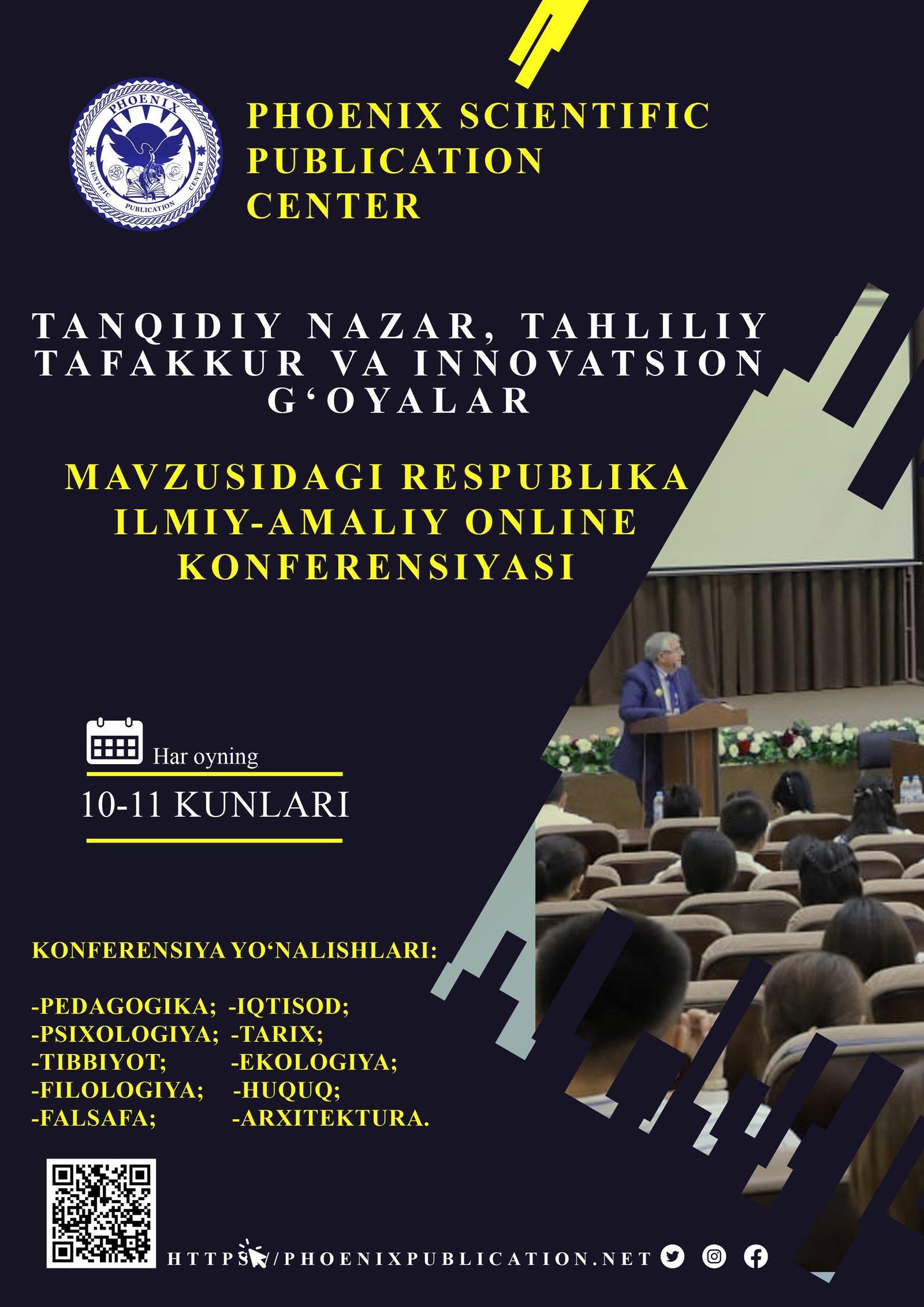Abstract
References
1. Andersen, H. C. (1835–1872). Fairy Tales. Denmark.
2. Armitt, L. (1996). Theorising the Fantastic. London: Arnold.
3. Attebery, B. (1980). The Fantasy Tradition in American Literature: From Irving to Le Guin. Bloomington: Indiana University Press.
4. Brothers Grimm. (1812–1857). Children's and Household Tales. Germany.
5. Gaiman, N. (2001). American Gods. New York: William Morrow.
6. Jackson, R. (1981). Fantasy: The Literature of Subversion. London: Methuen.
7. Jemisin, N. K. (2015–2017). The Broken Earth Trilogy. New York: Orbit.
8. Le Guin, U. K. (1968). A Wizard of Earthsea. New York: Parnassus Press.
9. Lewis, C. S. (1950–1956). The Chronicles of Narnia. London: Geoffrey Bles.
10. MacDonald, G. (1858). Phantastes: A Faerie Romance for Men and Women. London: Smith, Elder & Co.
11. Martin, G. R. R. (1996–present). A Song of Ice and Fire series. New York: Bantam Books.
12. Mendlesohn, F. (2008). Rhetorics of Fantasy. Middletown, CT: Wesleyan University Press.
13. Morris, W. (1896). The Well at the World's End. London: Longmans, Green.
14. Rabkin, E. S. (1976). The Fantastic in Literature. Princeton: Princeton University Press.
15. Rowling, J. K. (1997–2007). Harry Potter series. London: Bloomsbury Publishing.
16. Shelley, M. (1818). Frankenstein; or, The Modern Prometheus. London: Lackington, Hughes, Harding, Mavor & Jones.
17. Todorov, T. (1970). Introduction à la littérature fantastique. Paris: Éditions du Seuil.
18. Tolkien, J. R. R. (1939). On Fairy-Stories. In Essays Presented to Charles Williams. Oxford: Oxford University Press.
